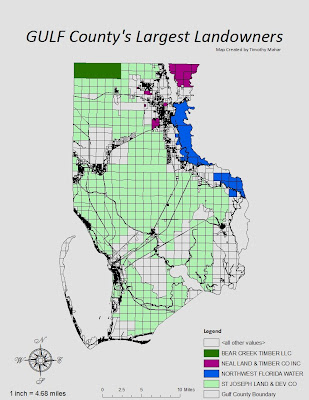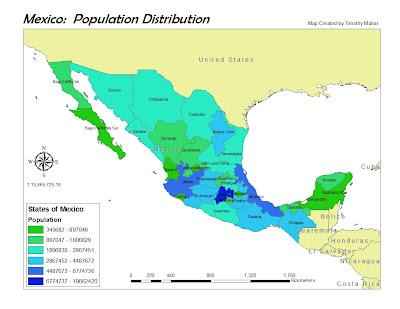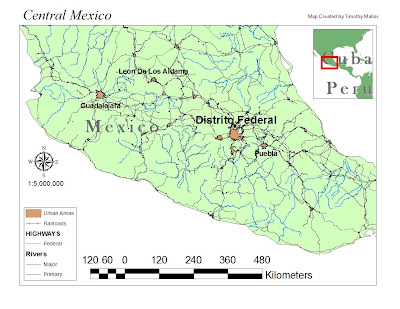Timothy Mahar
4048 GIS Apps
Amber Bloechle
10 June 2010
Summary
Role of GIS in Disasters
As seen in Deepwater Horizon Response
In times of disaster, whether local, national, or international, GIS managers could be expected to already be prepared tp offer a wide variety of maps in a plethora of formats. Along the lines of the Combat GIS, they should also be ready to offer maps of things not before thought of. And to do it faster than they believed possible.
When considering something on the magnitude of the Deepwater Horizon response, these maps would offer information far beyond the basic requirement of knowing where the oil is. Maps, preferably 3d in many instances should be available to show available staging grounds –such as Destin Florida just announced State Staging Ground which is now located in Henderson Beach State Park along it’s beachfront parking areas which are quite near local docks and the local airport.
Other layers could include all other boat/dock locations, airplane/airstrip locations, as well as helicopters and helipads. Not to be overlooked are the US Naval and Air Force assets though not all of these would be within the confines of the original spill area.
Of utmost importance would be the mapping of the locations of the various species. Not just the endangered ones, though that would be a high priority, but all the species along the coastal transition zone from surf to dunes which would be impacted. Nesting birds and turtles are important but so are the fish releasing eggs in the gulf which will be killed by the pesticide being called ‘dispersant’.
Additionally the timing of thee tides will cause some places to be spared while some areas will receive an extra dose. A tidal zone map would be needed with a chart showing the times over the next days/weeks.
Worse, oil near the surface will trend eastward on the current, while deeper oil will trend west on the lower current. To the East you have nests, to the wwest you have corals and whales.
Other layers/maps would display surface temperature, differences in which may reveal unseen oil. Another layer/map would be albedo which would certainly reveal surface oils. There are also several things we monitor in the gulf such as the chemistry of the water which would reveal the presence of unseen oil.
Ideally these would all be mapped onto a main map like out part II of the oil week assignment which could then be broken down by smaller area numbers, yet they would all remain on the same scale, and projection and be relevant and easily read by anyone who saw them as responders moved from one area to another.
The perfect output type would seem to be 3D because it could show an undated location of the oil, either visibly, or chemically, and would also demonstrate it’s proximity to the currents, to wildlife, above or below, and to the available command posts and their resources.

 Deceptively easy looking aren't they? A lot of layers were added, morphed, calculated, altered and dumped to get here... ten maps total in 8 and there are from step 3 -green- and step 4 -blue-... I liked that i could use one legend for 3 compared to seperate legends for four. The values were all the same. But in four the actual numbers were all different and using equal interval as instructed meant all the categories had different values even though the colors are the same. This seems deceptive since dark blue on one map may not have as much crime as dark blue on another.
Deceptively easy looking aren't they? A lot of layers were added, morphed, calculated, altered and dumped to get here... ten maps total in 8 and there are from step 3 -green- and step 4 -blue-... I liked that i could use one legend for 3 compared to seperate legends for four. The values were all the same. But in four the actual numbers were all different and using equal interval as instructed meant all the categories had different values even though the colors are the same. This seems deceptive since dark blue on one map may not have as much crime as dark blue on another. 























